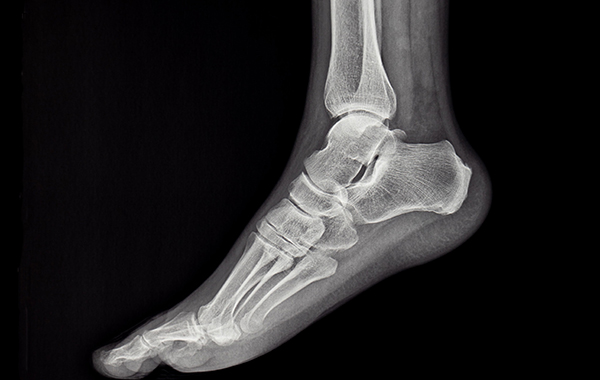Posterior Tibial Tendon Dysfunction
Posterior Tibial Tendon Dysfunction (PTTD) is a condition that affects the foot and ankle, often leading to a flatfoot deformity in adults.

The Posterior Tibial tendon connects to the Tibialis Posterior muscle, which is deep in the back of the lower leg. This muscle helps lift the arch of the foot and support the foot and ankle while you move. When this tendon weakens and the ligaments around the foot and ankle fail, it causes the arch to collapse, leading to a flat foot.
Most cases of PTTD result from repetitive strain on the Tibialis Posterior tendon. In some cases, an acute injury can tear the tendon, causing pain and swelling.
Although PTTD was once mostly seen in older adults, it is now more common among younger people who are overweight, inactive, wear improper footwear like slippers, or participate in high-impact sports.
Some factors that can increase your risk of developing PTTD include:
Already having flat feet
Having overly flexible joints
Being 40 years old or older
Being overweight
Having diabetes
Having high blood pressure

Symptoms of Posterior Tibial Tendon Dysfunction (PTTD) include:
Pain on the inner side of the foot and ankle
Swelling that might come and go
Increased pain and weakness in the foot during activities like walking or running
A slow flattening of the affected foot
Ankle pain caused by the foot gradually collapsing and pressing on the joint

How is Posterior Tibial Tendon Dysfunction (PTTD) Identified?
To diagnose PTTD, your podiatrist will examine your foot shape and how well you can move it to see how serious the problem is. They might also use imaging tests like ultrasound to get a clearer picture. Once they know what’s causing your issues, they’ll come up with a treatment plan that’s just right for you.
How is Posterior Tibial Tendon Dysfunction (PTTD) Treated?
Using an elastic wrap or bandage can help reduce swelling, but it’s only a temporary fix. It won’t address the root of the problem. For long-term relief, seeing a podiatrist is important.
A podiatrist can offer several non-invasive treatments, such as resting the affected area and using advanced methods like shockwave therapy to help heal the tendon and reduce pain.

Book your initial podiatry visit
hello@nofrillspodiatry.com
Phone
9007 1085
Open Hours
Mondays - Sundays: 9am-6pm
We're Here Whenever You Need Us
hello@nofrillspodiatry.com
Contact Us
9007 1085
Open Hours
Monday-Sundays: 10am to 7pm
Address
About
About Us
Symptoms We Help With
FAQs
Careers
Contact Us